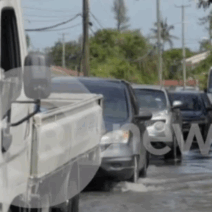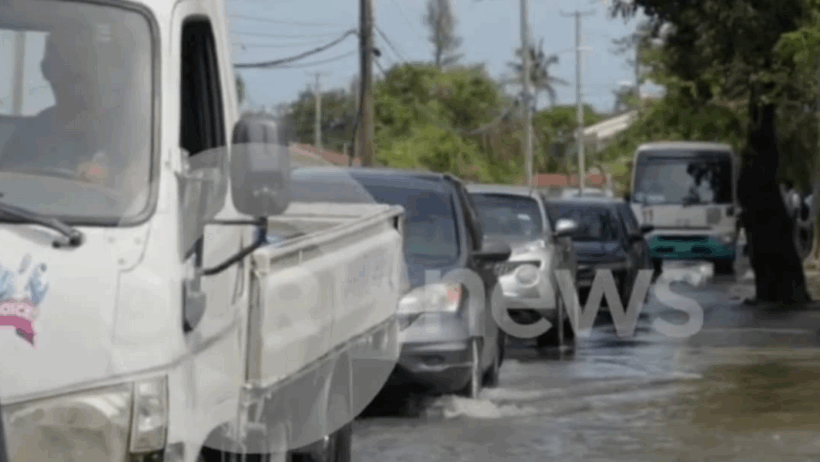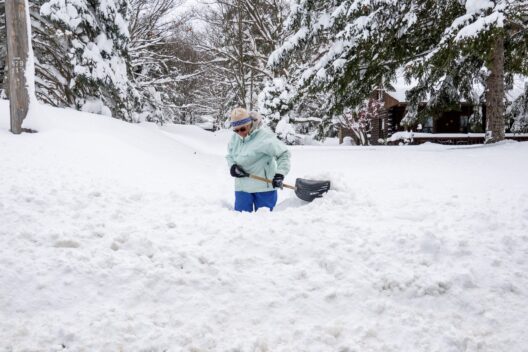As we ponder the capricious nature of our planet, one must ask: what happens when the very atmosphere turns against us? Climate change, an omnipresent specter, incites phenomena that are as alarming as they are urgent. In particular, rising waters and raging storms are two manifestations of this overarching crisis, intertwining to pose significant challenges for communities across the globe. As we delve into this intricate nexus, we will explore how climate change augments flooding and intensifies storm activity, ultimately leading us to confront a pressing question: are we truly prepared for the consequences of our actions?
To comprehend the ramifications of climate change on flooding, it is imperative first to understand the hydrological cycle. This cycle, which governs the movement of water within our environment—between the earth’s surface and the atmosphere—has been radically altered by human-induced climate shifts. As global temperatures increase, a variety of factors come into play. Evaporation rates rise, enhancing the atmospheric capacity to hold moisture. Consequently, when storms do occur, they unleash torrents of rain, overwhelming drainage systems and precipitating flash floods. The frequency and intensity of these precipitation events have escalated in recent decades, with meteorological data revealing an alarming trend: storms are becoming not just more frequent but also more severe.
Moreover, the melting of polar ice caps contributes significantly to rising sea levels, engendering further flooding in coastal regions. Coastal cities, once bastions of culture and prosperity, now face an existential threat. As ice melts at a perilous pace, the vast influx of freshwater into our oceans disrupts delicate marine ecosystems and pushes saltwater further inland, compromising freshwater sources. This interplay creates a double-bind: flooding risks increase, while precious natural resources dwindle, leaving communities vulnerable to both immediate and long-term crises.
The psychological implications of this growing threat are often understated. The anticipation of a storm, the dread of rising waters—these emotions can manifest into a profound sense of anxiety among residents of affected areas. This psychological burden often leads to community fragmentation, as displacement becomes a harsh reality for many. The stark divide between those who can afford to relocate and those who cannot exacerbates existing inequalities, raising the question: how do we foster resilience in communities that are already struggling?
As we trace the trajectory of rising waters and intense storms, it becomes evident that urban planning must adapt to our changing reality. Traditional infrastructure—culverts, barriers, and levees—was designed with historic weather patterns in mind, patterns that are now rapidly becoming obsolete. To combat flooding effectively, cities must embrace innovative designs that integrate green spaces, such as parks and wetlands, which absorb excess water and mitigate stormwater runoff. Furthermore, the construction of permeable surfaces that allow water to percolate through can drastically reduce the likelihood of flooding during heavy rainfall.
Nevertheless, implementing these solutions is no trivial task. Communities face numerous hurdles, from bureaucratic bottlenecks to funding shortages. How can individuals demand change in the face of institutional inertia? Grassroots movements often serve as a catalyst for reform. Through community education and advocacy, citizens can mobilize to hold local governments accountable, urging them to prioritize sustainable practices in urban development. Elevating public awareness about the repercussions of climate change can galvanize action, transforming passive observers into active participants in safeguarding their communities.
As with any challenge, the specter of climate change brings with it an opportunity for innovation and growth. The advent of new technologies promises to revolutionize meteorological forecasting, providing communities with accurate and timely information to prepare for impending storms. Enhanced climate modeling enables scientists to project future weather patterns with increasing precision, allowing for more effective preparedness strategies. This forward-thinking approach can save lives and preserve property, but it requires a collaborative effort among governments, corporations, and the citizenry.
Transitioning to renewable energy sources plays an equally critical role in this equation. Reducing our reliance on fossil fuels can mitigate climate change, subsequently decreasing the severity and frequency of devastating storms. As citizens, we wield the power to demand responsible policies that favor sustainable energy production. Making conscientious choices in our day-to-day lives—like supporting clean energy initiatives—can collectively forge a path towards a cleaner, safer future. It urges us to ponder our intricate relationship with the environment: are we merely passive observers, or are we stewards of our planet?
As we confront the undeniable reality of rising waters and raging storms, it is crucial to heed the urgent call for actionable change. The interplay of climate change, urban planning, and community resiliency presents both a formidable challenge and a unique opportunity. The era of climate denial is waning, yet the path to sustainable adaptation requires unyielding commitment. Will we rise to the occasion and embrace the necessity of vocal advocacy and innovative problem-solving? With our coastal cities and low-lying communities teetering on the brink, the time for action is now.
In conclusion, the challenge posed by climate change is multifaceted, yet it unearths the possibility of forging a more resilient, informed society. As we engage in dialogue and pursue pragmatic solutions, we must remain vigilant stewards of our environment, advocating for policies that prioritize sustainability. The tumultuous nature of our climate calls for immediate action and collective responsibility. Together, we can work towards a future where rising waters and raging storms are met not with despair, but with preparedness and resolve.







